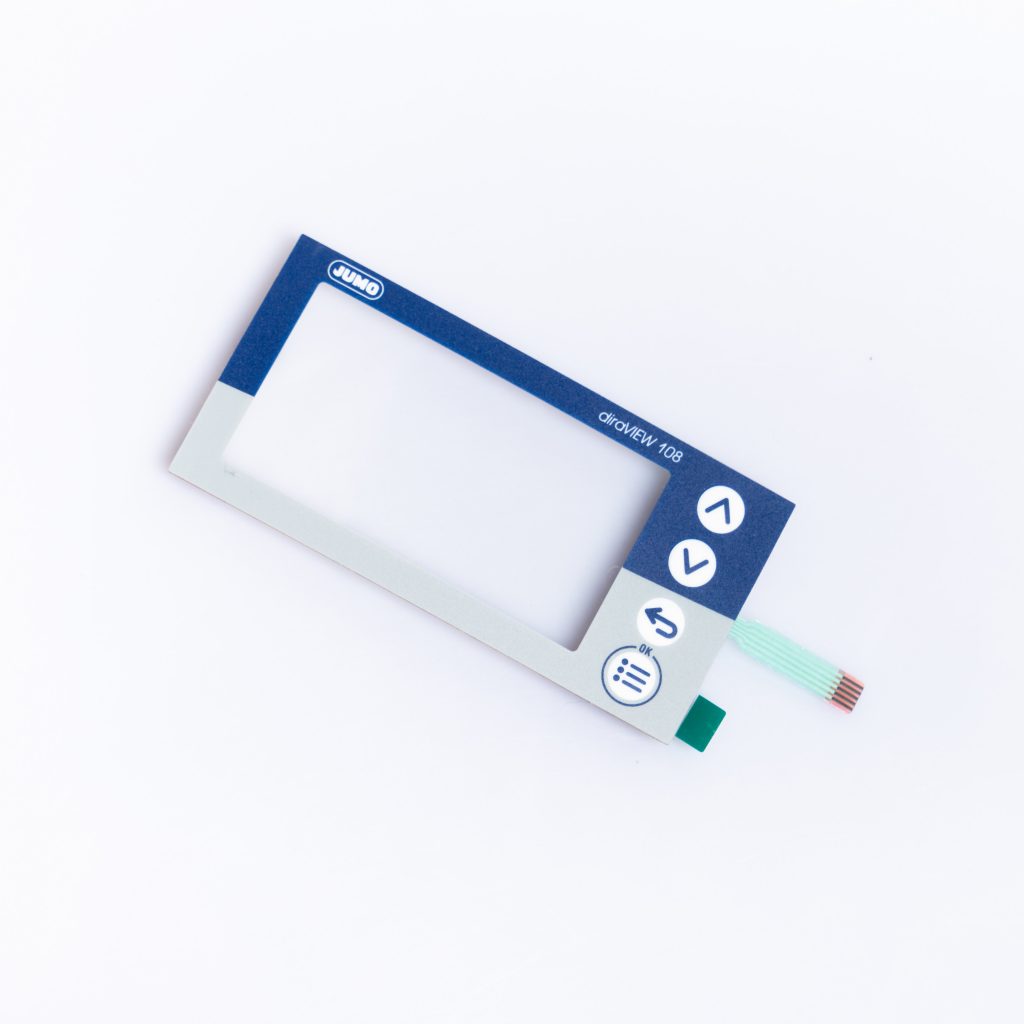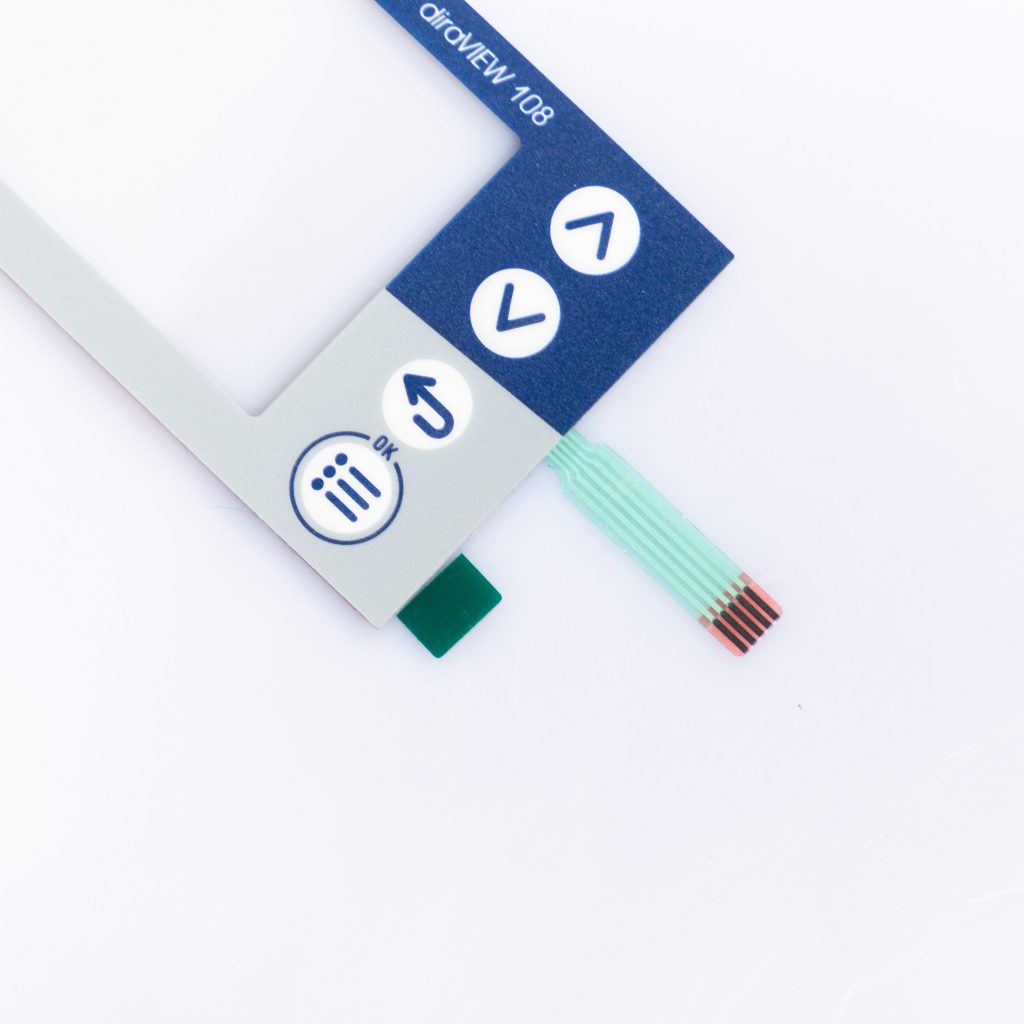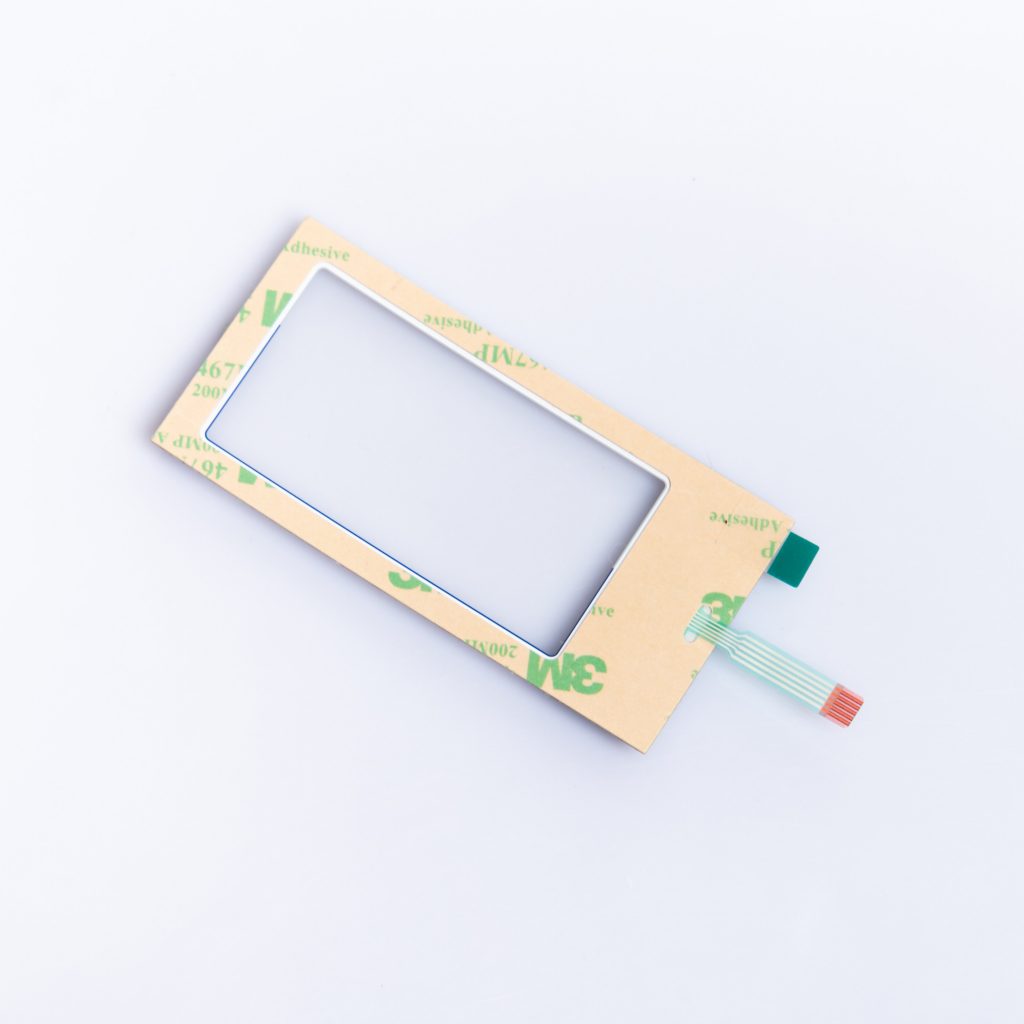Contact
Write to Us And We Would Be Happy to Advise You.
Do you have any questions, or would you like to speak directly with a representative?
By hqt
In today’s rapidly evolving technological landscape, the demand for efficient input devices has never been higher. Whether it’s a smartphone, a remote control, or a medical device, the interface between humans and machines plays a crucial role in user experience. One innovation that has quietly transformed this landscape is the “Input Device Membrane Switch.” In this article, we will delve into the world of membrane switches, exploring their functions, advantages, applications, and the future prospects they hold.



A membrane switch is a low-profile, flat, and flexible electrical switch that uses a printed circuit to control various functions. Unlike traditional mechanical switches, which rely on physical contact, membrane switches work by pressing on a series of layers that form a circuit. These switches are known for their durability, versatility, and sleek design.
The topmost layer of a membrane switch is often a graphic overlay, which displays labels and icons corresponding to the switch functions. This layer is vital for user interaction.
Beneath the graphic layer lies a spacer layer, providing a gap between the top layer and the circuit layer. This prevents accidental actuation of switches.
The circuit layer contains printed conductive traces. When pressure is applied to the graphic layer, it bridges the gaps in the circuit, completing the electrical connection.
The rear adhesive layer bonds the membrane switch to the device’s surface, ensuring a secure fit.
Membrane switches are highly durable, withstanding millions of actuations without performance degradation. This makes them ideal for devices used in harsh environments.
The graphic overlay can be customized with colors, graphics, and tactile feedback, enhancing the user experience and brand identity.
Their slim profile allows membrane switches to save valuable space in device design, making them suitable for compact gadgets.
Manufacturing membrane switches is cost-effective, making them a budget-friendly choice for mass-produced devices.
Membrane switches are widely used in remote controls, microwave ovens, and gaming consoles due to their reliability and aesthetics.
In the medical field, membrane switches are employed in equipment like diagnostic devices and infusion pumps, where cleanliness and durability are paramount.
Industrial machines and control panels rely on membrane switches for their ability to withstand harsh conditions.
Automotive manufacturers integrate membrane switches into dashboards and steering wheel controls for their durability and user-friendliness.
As technology advances, so do membrane switches. Future developments may include thinner and more flexible materials, enhanced tactile feedback, and integration with emerging technologies like flexible displays and haptic feedback systems.
In summary, the input device membrane switch is a remarkable piece of technology that has quietly transformed various industries. Its durability, customization options, and cost-effectiveness make it a preferred choice for manufacturers worldwide. As we look to the future, it’s exciting to envision the new possibilities that membrane switches will bring to user interfaces.
Yes, many membrane switches are designed to be waterproof or water-resistant, making them suitable for outdoor or wet environments.
Yes, membrane switches can be backlit to enhance visibility in low-light conditions.
Membrane switches are known for their durability and can last for millions of actuations, depending on the quality of materials and manufacturing.
Absolutely! Membrane switches are highly customizable, allowing you to tailor them to your product’s specific requirements.
The main advantage is their durability and resistance to wear and tear, making them suitable for long-term use in various applications.
Do you have any questions, or would you like to speak directly with a representative?